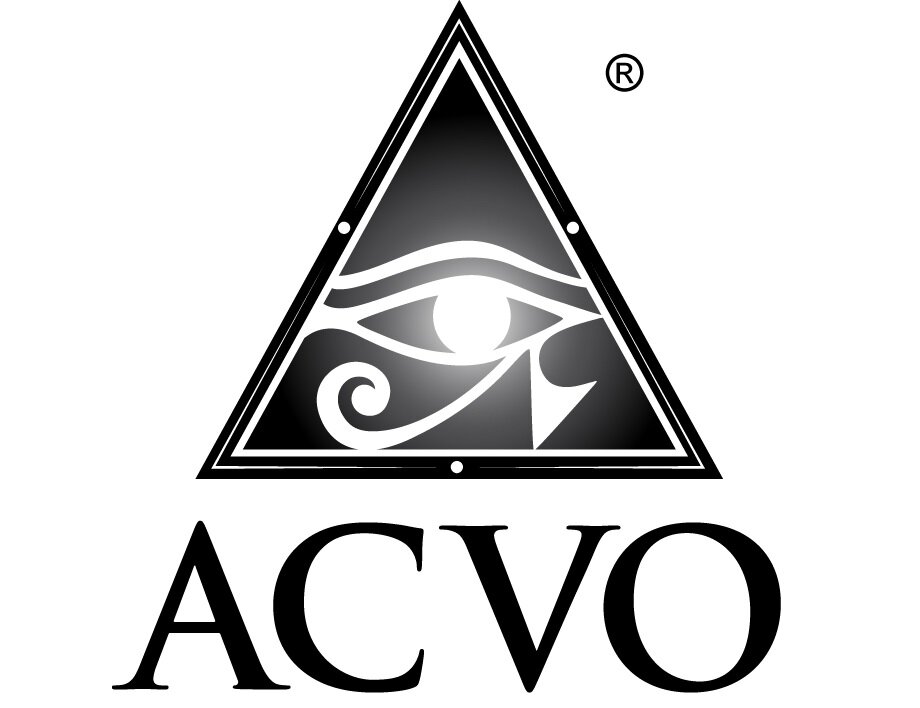Tips for Eye Medication
If your pet has been prescribed topical eye medications, you may be wondering how you will administer them! In order to appropriately treat your pet, you may need to apply medications multiple times daily or apply multiple different medications. Owner and pet compliance to the treatment regimen can be key to success, so hopefully these tips for using ocular medications will be helpful.
General Tips:
Wash and dry your hands before getting started.
Before applying ocular medications, gently clean any discharge from around your pets eyes using a clean damp cloth, gauze or a cotton ball.
If the medication is a suspension, you may need to shake it first. Check with your prescriber to see if this is the case.
Apply only 1 drop or ¼ inch strip (about the size of a grain of rice) of ointment at a time. Applying more medication will not harm your pet but will not be more effective and will be a waste of the medication.
Apply medications in order of thickness - i.e. apply drops first, followed by gel, then ointments.
If applying more than one medication at a time, you must always wait at least 5-10 minutes between medications (longer for gel drops or ointments).
Try not to let the bottle or ointment tip touch your hands or the eye directly.
Wash your hands after applying eye medications to your pet’s eyes.
If you are applying topical drops, you can try holding one hand under your pets chin, using your hand to tilt their head up; this also can help encourage the eye to remain open. You can use your right hand to hold the dropper bottle and use the side of your hand to gently pull the upper eyelid up. A single drop can then be applied. This technique can be used with your pet facing towards you or away from you. A second set of hands can also be useful, if you can find someone to help you.
If you are applying topical ointments, a similar technique can be used, applying the ointment directly to the eyeball. Another option is to gently pull down on the lower eyelid and applying the medication along the inside of the eyelid.
Your pet may squint the eye or blink more frequently for a minute or two after the medications are applied. Sometimes, some of the medication can get into the mouth through the nasolacrimal system-if the medication is bitter, your pet could salivate more than normal. Giving your pet a treat around the time of medication application can help prevent this.
If you are concerned for any reason or have any question about ocular medications that your pet has been prescribed, please contact your veterinarian or a veterinary ophthalmologist near you!

